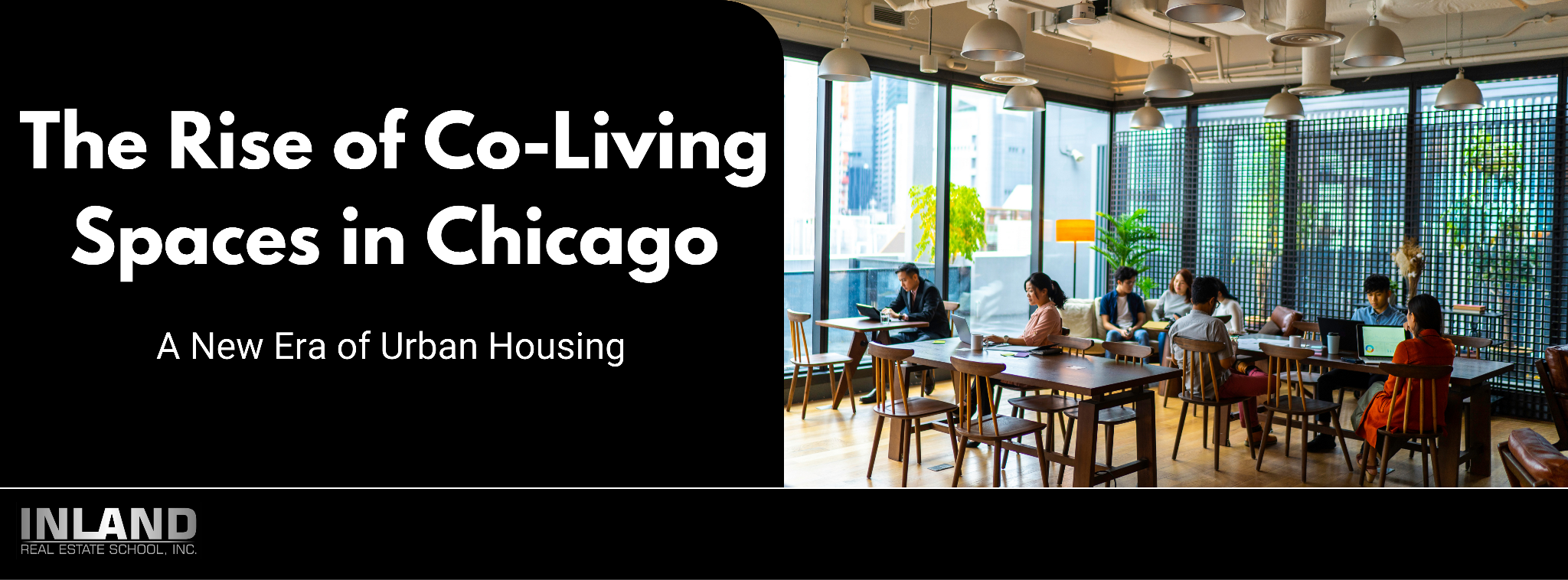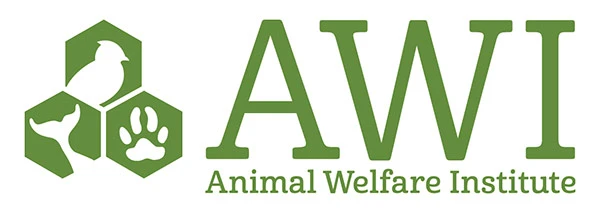
The Rise of Co-Living Spaces in Chicago - A New Era in Urban Housing
The Rise of Co-Living Spaces in Chicago: A New Era of Urban Housing
Introduction
In the bustling urban landscape of Chicago, a new trend in housing is rapidly gaining momentum – co-living spaces. This concept, once a niche solution for urban dwellers, has blossomed into a mainstream choice for many, particularly in the face of changing economic and social dynamics. Co-living, which merges private living spaces with shared communal areas, offers a unique blend of personal and community life, tailored to meet the evolving demands of modern urbanites.
The Emergence of Co-Living in Chicago
The transition of co-living from a novel idea to a mainstream urban living solution in Chicago has been remarkable. This shift is largely influenced by the city's escalating housing costs, inflation, and the emergence of new affordability challenges. As a response, co-living spaces have emerged as a viable solution, providing more affordable living options in a city renowned for its cultural vibrancy and diversity. This part of the city's housing evolution highlights how economic factors are reshaping urban living preferences, making co-living a significant player in Chicago's residential landscape.
Changing Lifestyles and Urban Dynamics
Chicago's co-living spaces reflect a broader shift in lifestyle preferences, especially among young professionals and millennials. This demographic increasingly seeks flexibility, convenience, and a sense of community—attributes that traditional housing options often lack. Co-living spaces cater to these evolving preferences by offering flexible lease arrangements and a blend of private and communal living areas. They provide an attractive option for those who value community interaction and a collaborative lifestyle, which is becoming more prominent in urban settings like Chicago. The preference for co-living spaces among young urban dwellers highlights a significant change in how people choose to live and interact in a city environment.
Remote Work Trends and Co-Living
The rise of remote work, a global trend accelerated by recent events, has significantly influenced the demand for co-living spaces in Chicago. These spaces are increasingly designed to accommodate the needs of remote workers, featuring amenities like high-speed internet, shared workspaces, and quiet areas conducive to productivity. This fusion of living and working environments in co-living spaces presents an attractive proposition for remote workers who seek a balance between professional and social life. The adaptability of co-living spaces to the remote work trend demonstrates their relevance in the evolving urban work-life landscape.
The Desire for Community
In an increasingly digital world, the yearning for genuine, physical connections and a sense of community is growing, particularly in urban environments like Chicago. Co-living spaces uniquely address this need by fostering a built-in social network and offering communal activities. These spaces are not just about sharing a living area; they are about creating a community where residents can connect, share experiences, and support each other. The appeal of co-living spaces lies in their ability to provide a sense of belonging and community, filling a gap that many urban dwellers experience in their busy, often isolated city lives.
Innovative Co-Living Projects in Chicago
Chicago is at the forefront of innovative co-living projects that stand out for their unique features and amenities. One notable example is Common Addams, the city's largest co-living apartment building. This project represents the epitome of modern co-living, offering a harmonious blend of private and shared spaces. It features well-designed private units combined with generous communal areas, such as shared kitchens, lounges, and workspaces. These projects are not just about providing a place to live; they are about creating vibrant communities within the urban fabric of Chicago. The amenities and design elements of these co-living spaces are carefully curated to enhance the living experience and foster a sense of community among residents.
The Future of Co-Living in Urban Development
The future of co-living in urban development, particularly in Chicago, is poised to be influential. This trend is expected to shape not only the traditional housing market but also the broader landscape of urban development. As co-living continues to gain popularity, it could lead to new innovations in housing design and community building. The economic impact of these spaces extends beyond the residents to the local neighborhoods and businesses, as co-living developments often bring increased activity and spending to the areas where they are located. Furthermore, co-living models could inspire urban planners and developers to think differently about housing solutions, potentially leading to more sustainable, community-focused urban environments. The evolution of co-living spaces in Chicago is not just a response to current trends but a glimpse into the future of urban living.
Conclusion
The rise of co-living spaces in Chicago represents a significant shift in urban housing, driven by changing economic realities, lifestyle preferences, and the evolution of work habits. These spaces offer more than just a place to live; they provide communities and connections, catering to the modern urban dweller's desire for flexibility, convenience, and a sense of belonging. As we look towards the future, co-living in Chicago is poised to play a key role in shaping the city's housing landscape, reflecting broader trends in societal values and urban living.
WE OFFER OVER
25+
PROGRAMS
WE HAVE SERVED
12000+
STUDENTS
VETERAN STAFF
40+ Years
INDUSTRY EXPERIENCE
PROUDLY PROVIDING
23+ Years
OF EDUCATION
INLAND REAL ESTATE SCHOOL, INC. SUPPORTS

Campus Visiting Hours by appointment only:
1st-18th each month AM times, M-F
19th-end of the month PM times, M-F
Visiting hours need to be scheduled in advance
OAK BROOK, ILLINOIS 60523. © INLAND REAL ESTATE SCHOOL, INC. A PROFESSIONAL STUDIES INSTITUTE, INC. COMPANY, 2010. ALL RIGHTS RESERVED.
NOT AFFILIATED WITH THE INLAND REAL ESTATE GROUP OF COMPANIES, INC. THE INLAND NAME IS USED UNDER LICENSE. Privacy Policy








